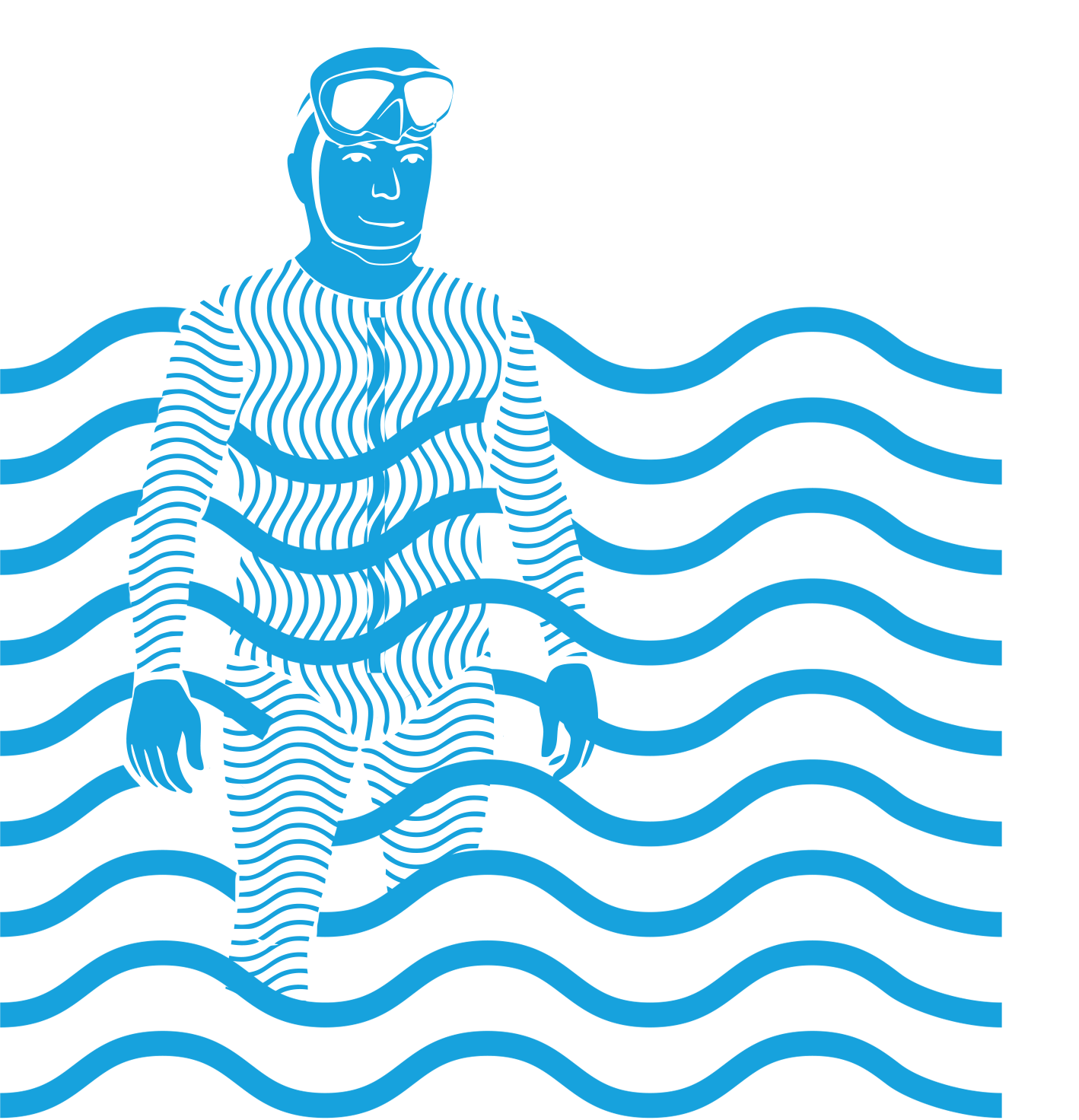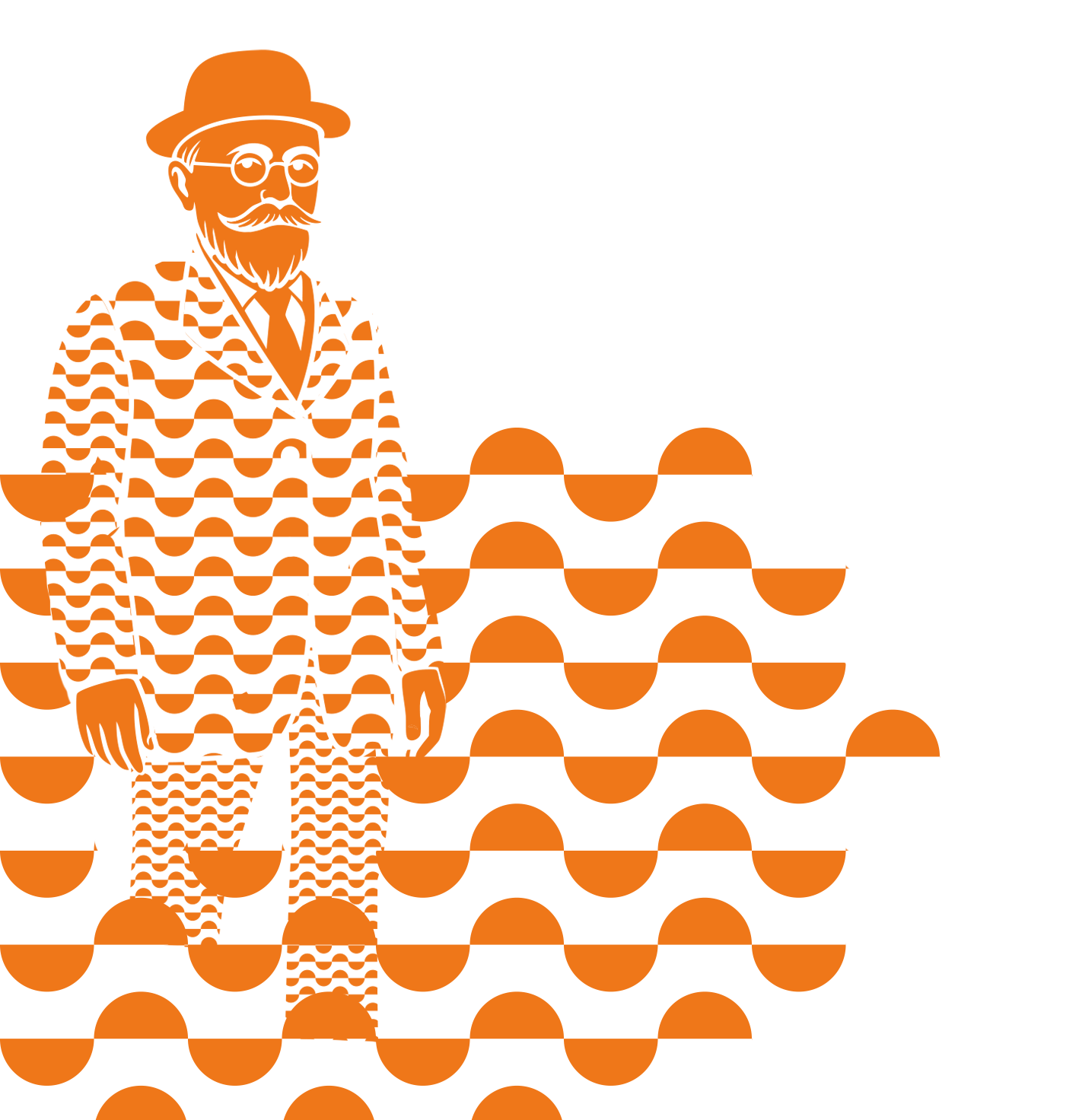Siramuse
Siramuse is an immersive museum in Syracuse where history, science, art and myth come alive through the stories of those who have lived in this unique city. From Caravaggio’s dramatic light to Archimedes’ genius, from Plato’s dialogues to Paolo Orsi’s archaeology: each room offers a narrative and sensory cultural experience across eras and ideas. Iconic figures such as Frederick II, with his falcon and cosmic vision, Saint Lucy and her light, Enzo Maiorca with his sea and sporting and environmental challenges make Siramuse an exciting journey through Syracuse’s history. Thanks to innovative technologies and immersive installations, the historical and artistic heritage is transformed into a unique interactive experience. And the story continues outside, in the restored courtyard, with Claudio Palmieri’s site‑specific artwork: a direct link to the more recent history of the site, which hosted contemporary art and design. Siramuse is not a traditional museum: it is a gallery of narratives, an emotional atlas inviting you to rediscover Syracuse through what makes it special.
Discover Siramuse: a bridge between past and present, narrative and vision, to experience Syracuse like never before.
The Light and
The Apparition
Saint Lucy and Caravaggio
Caravaggio, a brilliant and troubled artist, arrived in Syracuse in 1608 fleeing Malta and a death sentence. Here he painted The Burial of Saint Lucy, an intense work reflecting his inner torment. Born in Milan in 1571, he revolutionized European art with a dramatic and realistic style. After killing a man in Rome in 1606, he lived as a fugitive in Naples, Malta, and Sicily, dying in 1610.
Saint Lucy, a young aristocratic Syracusan, refused an arranged marriage in favor of her faith. She was martyred on December 13, 304 AD. Patroness of Syracuse, she is a symbol of strength, resistance and women’s self‑determination. Her cult spread across Europe, but Syracuse preserves her essence through rituals and processions. Her story remains today a message of liberty and civic courage.



Science
Archimedes
Archimedes embodies an idea of civilization in which science and technique are tools of balance, justice and beauty. He was born in Syracuse in the 3rd century BC and educated in Alexandria, the ancient centre of knowledge. Returning home he studied geometry and physics, calculated π (pi) and designed ingenious machines to lift water and heavy objects. During the Roman siege of 212 BC he defended the city with extraordinary inventions. He was killed despite orders to spare him. Today his legacy lives on in Syracuse as a symbol of science as shared culture.
The Theatre and
The Political Platform
Aeschylus and Plato
Plato, the founder of the Academy in Athens, influenced Western philosophy and politics with the idea of justice as social equilibrium. In Syracuse he tried to unite philosophy and power, collaborating with the tyrants Dionysius I and II to transform politics into an art guided by wisdom. Despite failed attempts, his thought ignited an enduring reflection on the link between governance and knowledge.
Aeschylus, father of Greek tragedy, experienced the era of the Persian Wars and the rise of Athenian democracy. His dramas blend poetry and civic commitment, dealing with justice, fate and war. In Syracuse he found natural settings and scenic innovations absent in Athens. Here he staged The Persians, Etneae and Prometheus. Syracuse was for Aeschylus a creative laboratory, crossroads of philosophy and theatre.



The Deep Blue
Enzo Maiorca
Enzo Maiorca, a Syracusan and pioneer of deep freediving, challenged human limits by diving beyond –100 meters. A world champion for almost thirty years, he revolutionized the sport demonstrating both physical and mental courage. His passion began as a teen swimming in local waters. For him the sea was also a symbol of respect and nature protection. He was among the promoters of the Plemmirio Marine Protected Area. In Syracuse his name remains a symbol of courage and commitment.
The Flight of the Falcon
Frederick II of Swabia
Frederick II of Swabia, a medieval emperor, was a legislator, patron and man of science and art. Syracuse welcomed him repeatedly, making it—alongside Palermo—a centre of his cultural‑economic policies. The Maniace Castle is his most visible legacy, symbol of the strategic role of the city. From Syracuse he promoted laws and founded in 1224 the University of Naples, the first secular university in Europe. An encyclopedic spirit, he studied medicine, poetry, law—and falconry, to which he devoted De arte venandi cum avibus. His legacy still shapes the history of Syracuse and the Mediterranean.



The Archaeological Excavation
Paolo Orsi
Paolo Orsi, born in Rovereto, is considered the father of archaeology in southern Italy. He chose Sicily and Magna Graecia as the focus of his passion and work. He was welcomed in Syracuse, where he introduced a stratigraphic method to the excavations at Pantalica, Megara Hyblaea and Camarina. He coordinated his research with rigor, leaving hundreds of notebooks full of notes and drawings. From 1891 he directed the Archaeological Museum of Syracuse, now named after him. His work made archaeology a modern and methodical discipline.
